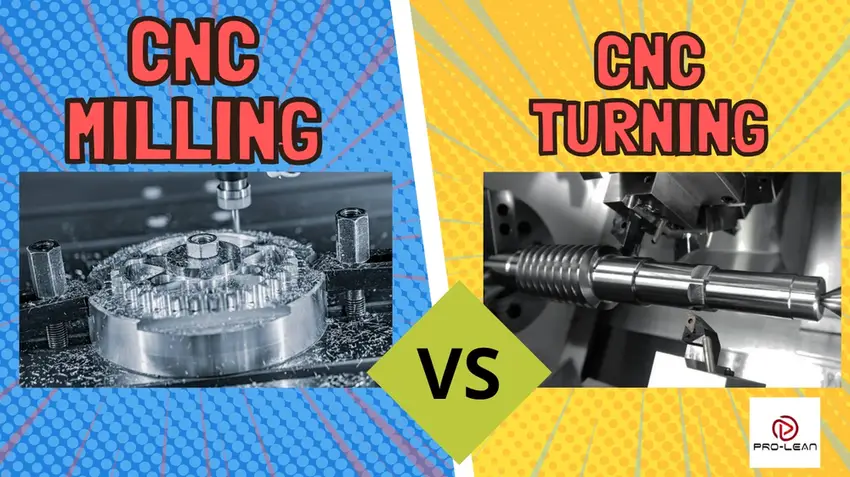
CNC milling and turning machining are prominent techniques used to produce parts and products economically and fast. But the milling vs turning debate won’t just die away. Many dealers and users want to understand the exact similarities and differences between the two crucial CNC machining methods.
While CNC turning uses a stationary cutting tool and a rotating workpiece, CNC milling entails rotating the cuting tool on the workpiece. Both subtractive machining processes are popular in aerospace, automotive, medical, defense, and many others.
Manufacturers prefer the CNC technologies for their precision, versatility, tight tolerances, and customization. Often, milling and turning machining are used together to achieve heavy-duty and smaller parts and components. Explore How CNC Milling Cuts with Unmatched Precision to get a glimpse of what you can achieve for your parts.
Since the combination of milling and turning machining contributes the most to CNC machining projects, ProleanTech is excited to help dig deeper into the working, advantages, and applications of milling vs turning.
Let’s delve in.
What is CNC Milling?
As explained in A Beginner’s Guide to CNC Milling, this is a subtractive machining technique entailing the use of a CNC machine running a rotating cutting tool to remove material from a stationary workpiece. The cutting tool presses against the workpiece as it chips away material from it.
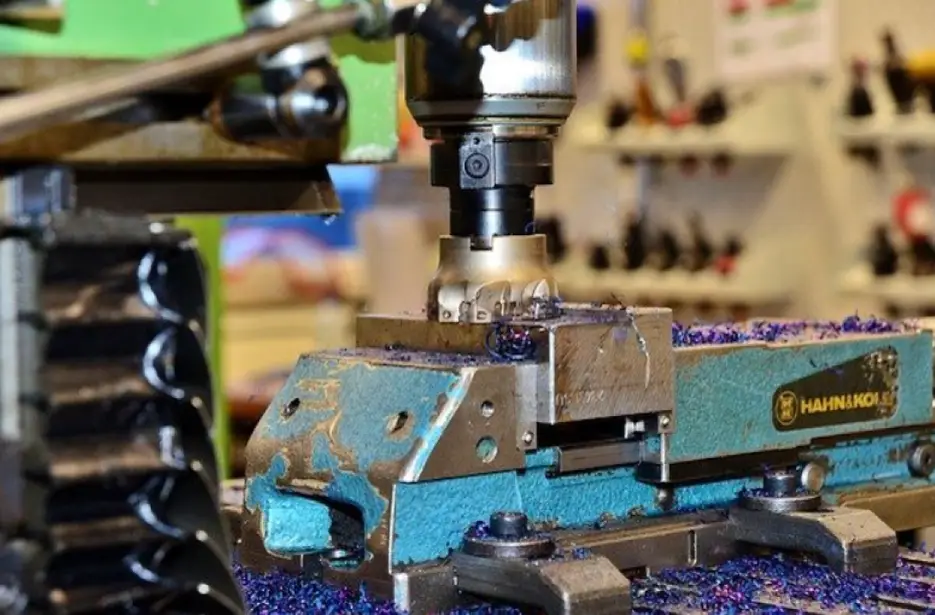
The workpiece for CNC milling is normally rectangular or square bar stock, which can be of any applicable materials. Examples of materials that can be used in CNC milling are steel, wood, aluminum, and copper.
There is more about material options in milling in the guides CNC Milling for Plastic Parts and CNC Milling for Metal Parts.
While CNC milling is ideal for creating perfectly flat surfaces, the availability of multi-axis CNC milling machines allows for the creation of complex parts with intricate geometries.
Main CNC Milling Operations
The basic principle of CNC milling doesn’t change, but there are different styles of producing a component or part using the technique. Operations to consider are side milling, plain milling, angular milling, contour milling, and gang milling, among others.
Note that there are important points to consider when choosing any milling technique, as this article about Micro Milling: Principal, Tools, Application, Key Consideration, and Future Trend, suggests.
Side Milling
This type of milling uses a side milling cutter to produce a flat vertical surface from a workpiece.
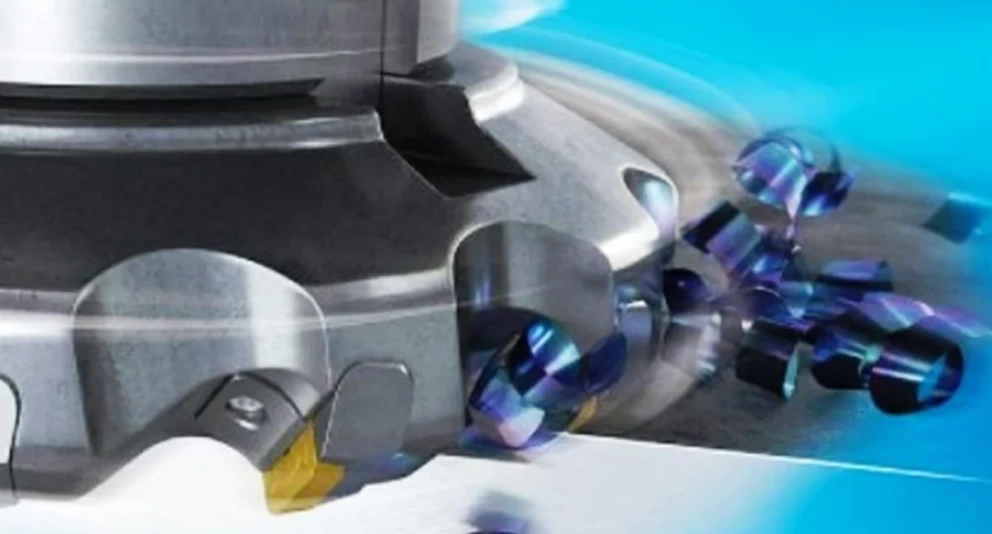
Plain Milling
Plain milling is the most common and simplest form of CNC milling. A cutter is used to produce a flat surface on the workpiece. The surface produced is typically parallel to the machine’s bed.
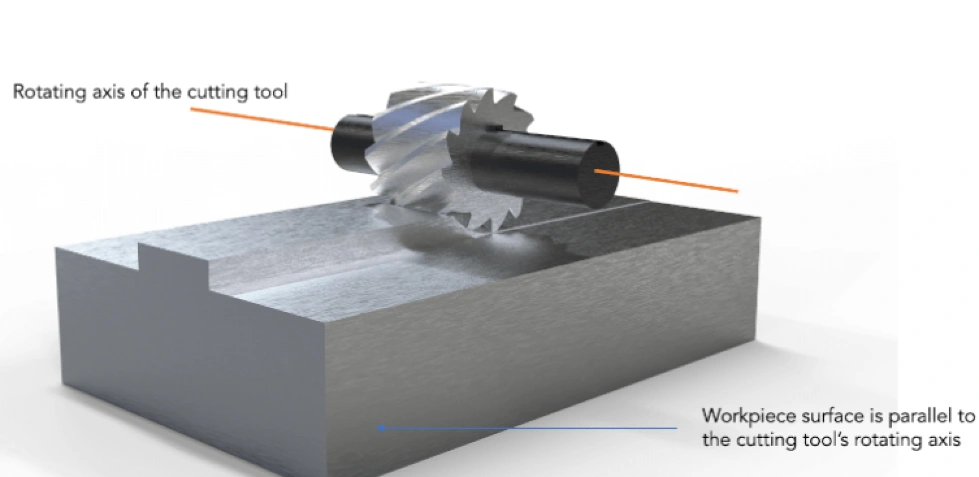
Angular Milling
In angular milling, the surface produced is not parallel to the spindle axis or machine’s bed, but rather slanted. It is a reliable technique to produce chamfers on workpieces.
Contour Milling

This is milling that allows for the manufacture of contoured or curved surfaces. Usually, a rough contour is produced, then a final ball-shaped contour cutting tool is used to provide a smooth surface.
Gang Milling

When several cuts are required at the same time or single pass, a special combination of several milling cutters is used in what is called gang milling. The method is instrumental in the production of rails, gearboxes, wheel hubs, and molds, among other common components.
Face Milling
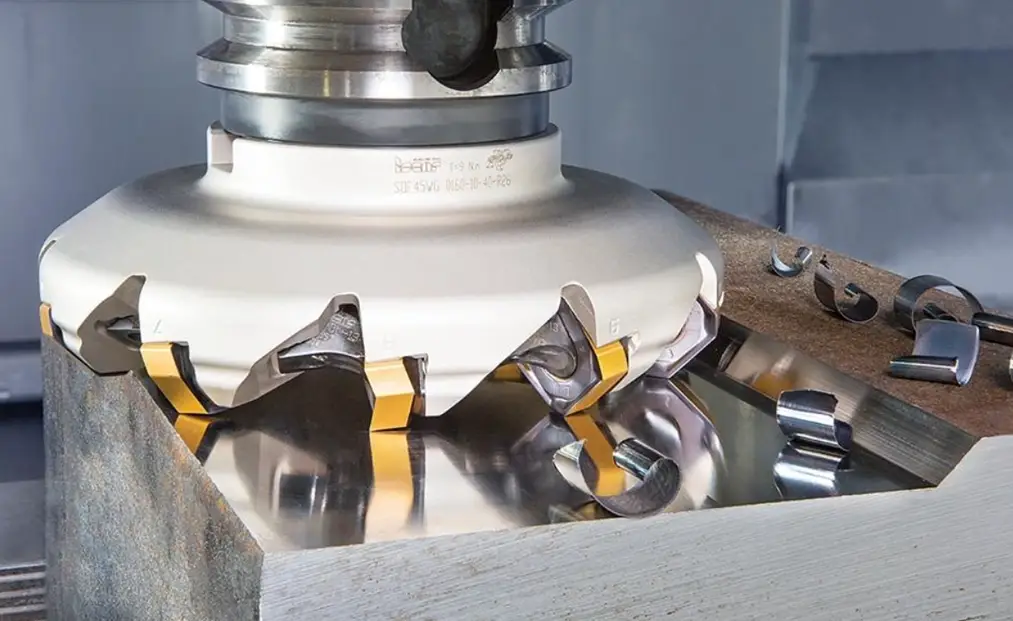
Like plain milling, face milling is used to produce flat surfaces on a block. The main difference is that the depth of cut in face milling is minimal and the process uses a significantly larger cutting tool. This allows face milling to cover a large surface.
You can read about the Six Major CNC Milling Techniques for more details.
Read more here also: Fly Cutters in CNC Milling
Advantages Of CNC Milling
The significance of CNC milling in the manufacturing environment is undoubtable. But what exactly are the advantages of this substractive method?
- Precision in a wide range of geometries
- Numerous options for cutting tools
- Saves manufacturing time with 3-, 4-, or 5-axis systems
What Is CNC Turning Parts Manufacturing?
CNC turning is also a subtractive manufacturing process entailing removal of material from a rotating workpiece using a stationary single-point cutting tool. This material removal can target the outer diameter or inner diameter of the workpiece.
While CNC turning was traditionally done exclusively for cylindrical workpieces, contemporary CNC machines are different. They can turn non-cylindrical components, thanks to their having multiple machining axes.
The cnc turning process often involves a tool turret, which avails cutting tools to the rotating workpiece. Given that the cutting tool can operate on multiple axes, modern CNC turning can produce different geometries.
Main CNC Turning Operations
Apart from the usual turning parts manufacturing, the CNC lathe performs several related operations, for instance, grooving/parting, step turning, taper turning, contour turning, and facing.
Some more details about these operations are next:
Grooving
This turning operation generates a groove or narrow cut around the workpiece. The width of the groove depends on the size of the cutting tool. Several runs may be required to machine wider grooves.
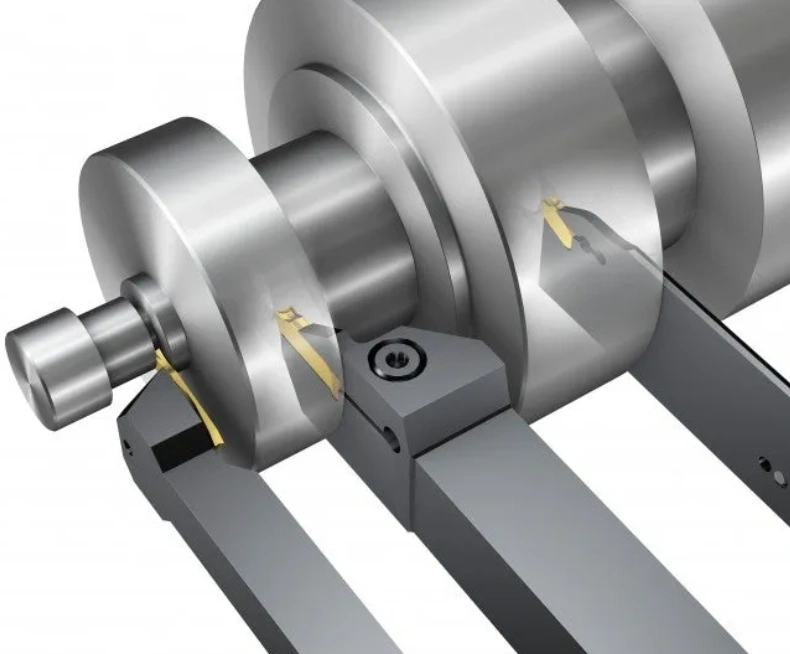
Step Turning
This is a common turning operation type characterized by sudden diameter changes along the cylindrical workpiece. When the process is complete, the product has step-like features.
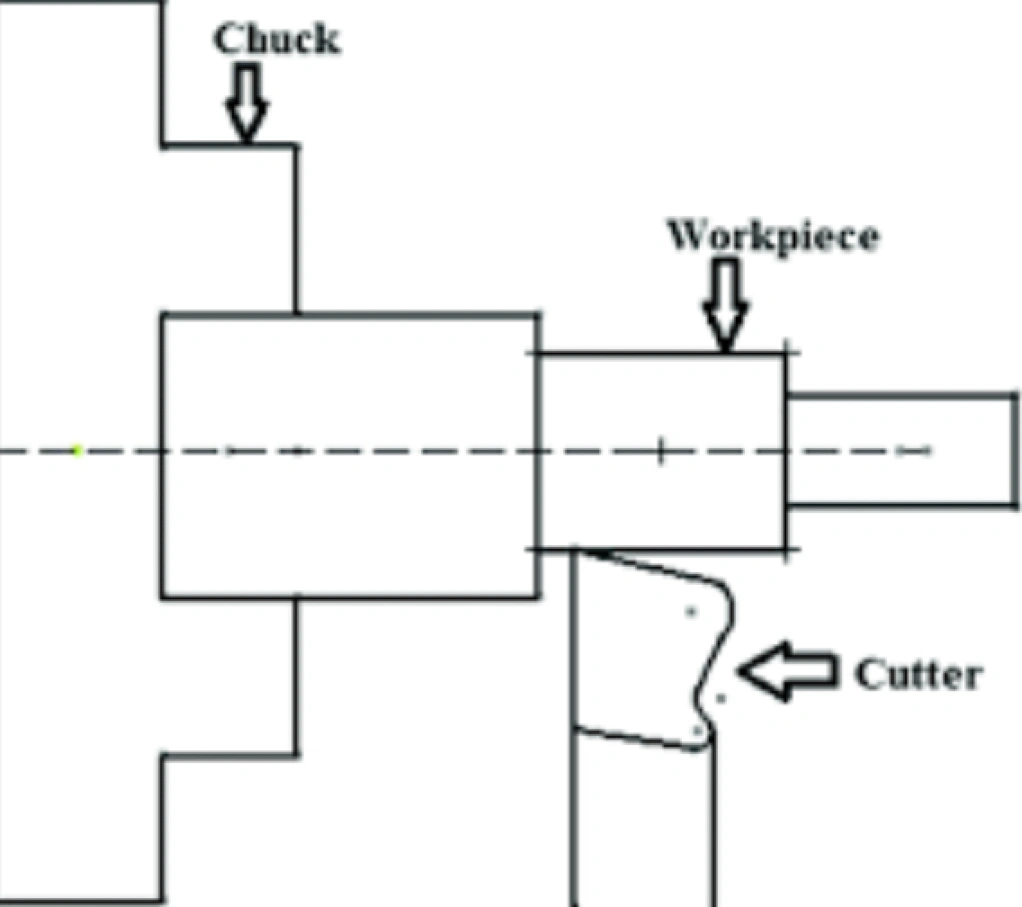
Taper Turning
Unlike in step turning, the diameter changes in taper turning are smooth. This type of turning is executed by placing the cutting tool and workpiece at an angle.
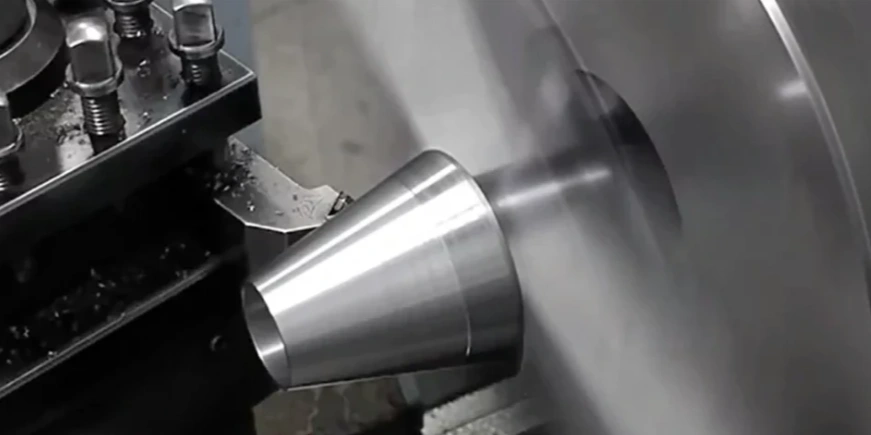
Contour Turning
Contour turning produces a contoured profile on the workpiece because the cutting tool follows a pre-designed path. This version produces a part that could alternatively be produced using a form tool.
Facing
Facing is a turning operation that aims to improve the face of a workpiece and reduce its length in the process. In other words, the workpiece is slightly longer before the operation. The cutting tool moves across the face, usually from the periphery towards the center.
Chamfer Turning
Chamfer turning produces an angled transition between two surfaces of a component. The connected surfaces have different diameters.
Try Prolean Now!
Advantages Of CNC Turning
Like milling, turning is essential in manufacturing. Its advantages are as listed below:
- Accuracy
- Fast parts production
- Versatile method
- Safer than manual options
What Is The Difference Between Milling And Turning Processes?
CNC milling vs turning are different in the type of machine, type of cutting tool, the types of chips produced, and movement of the workpiece or cutting tool. These differences are captured in the table below:
|
Element for Milling vs Turning |
CNC Turning |
CNC Milling |
|
Operating Principle |
The workpiece rotates |
The cutting/milling tool rotates |
|
Product |
Conical or cylindrical |
Typically flat |
|
Machine |
Lathe machine |
Milling machine |
|
Type of tool |
Single point turning tool |
Multi-point cutting tool |
|
Part that moves |
Cutting tool |
Workpiece |
|
Nature of chips |
Fragmented |
Continuous |
What Are The Similarities Of CNC Milling And Turning?
There are also similarities between CNC milling and turning machining in being subtractive, using CNC technology, being versatile, and incredible versatility.
Subtractive Manufacturing Methods
CNC milling and turning are subtractive manufacturing methods. The cutting tools in the two instances cut the material and produce chips, albeit of different shapes.
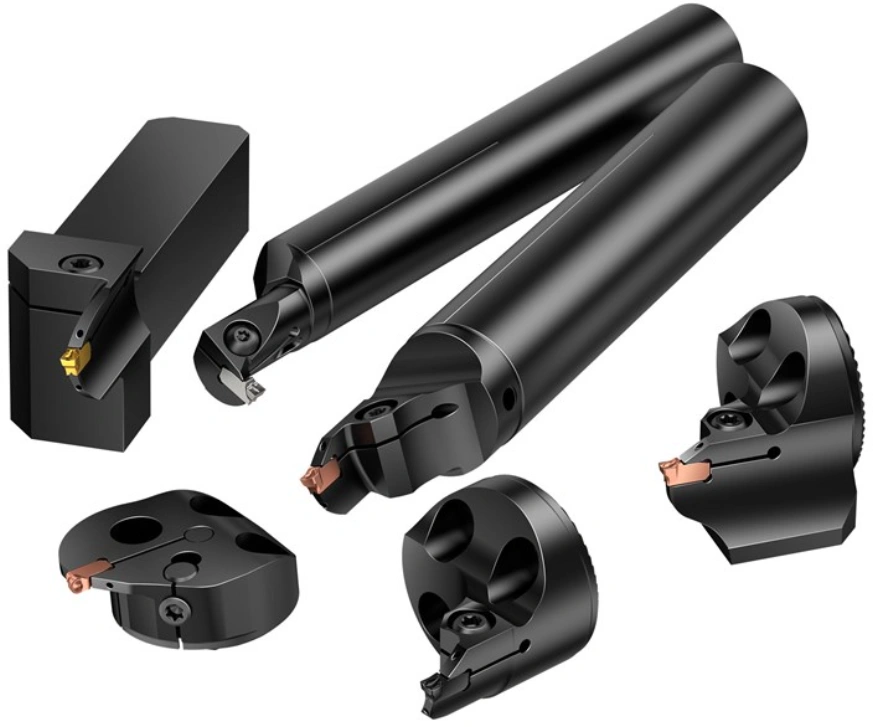
They Are CNC Technologies
CNC turning and milling share technological basics – computer numerical control (CNC). Engineers use Computer-Aided Design software (CAD) to program the machines and produce accurate and predictable cuts on workpieces.
Versatile Manufacturing Methods
Further similarity is observed in the material versatility exhibited by the machining methods. CNC turning and milling services apply for aluminum alloys, steel grades, copper, titanium, and many other metals. They also comfortably machine non-metals such as Plastics (Polymers), wood, some ceramics, and composites.
You will find more about the versatility and advancement of this solution in our post about CNC Milling Service in China: Comprehensive Insights.
The Applications Of CNC Milling And Turning
CNC turning and milling are instrumental in the production of complex and precise parts and components for aerospace, medical, energy, automotive, and many other industries. The processes are popularly used to make landing gear for aeroplanes, car engines, hull structures in the marine industry, and many more.
Here’s a brief coverage of several applications of these techniques:
CNC Milling Applications
CNC milling process parts are common in aerospace, medical, energy, prototyping, and many other areas.
Aerospace: Milling helps produce landing gear components, electronic enclosures, and precision-machined turbine blades.
Medical: As indicated in CNC Milling for Medical Devices: Precision in Healthcare, the method is popularly used to manufacture orthopedic implants, surgical instruments, and prosthetic socket interfaces, among many other items in the field.
Energy: Milling is widely used in the production of battery enclosures, pump bodies, and turbine housings, among other components.
Prototyping: The wide prototyping industry is also dependent on CNC milling services for mechanical systems, product enclosures, and much more.
CNC Turning Applications
CNC turning, the most popular operation on the CNC lathe, is predictably ramptantly used across industries. You can find parts from this technique in automotive, medical, among many other industries.
Automotive: The method is central to the manufacture of shafts, pistons, brake discs, and so on.
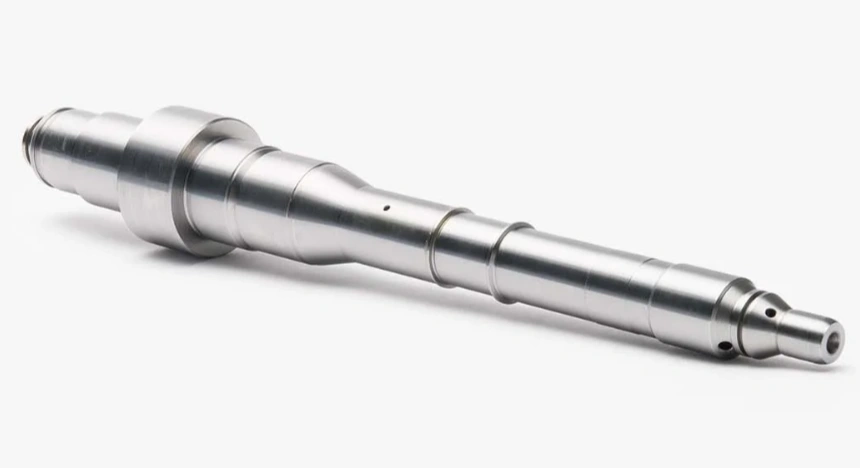
Aerospace: Manufacturers in this industry use CNC turning to make engine shafts, connector pins, fasteners, and other components.
Medical: This industry requires intricately machined cylindrical parts such as dental implants, bone fasteners, and catheter fittings. All these are manufactured through CNC turning services.
Contact us now to learn how we can help with CNC-turned parts for these and other industries from 100+ material options.
Conclusion
CNC milling and turning are useful methods in the production of different features on a broad scope of materials. The specific features made depends on the method or level of combination of the methods chosen.
In this article, we have enumerated the differences and similarities of CNC milling vs turning. The respective operations, applications, and advantages have been highlighted.
We at ProleanTech deliver high-quality CNC-machined parts from our advanced machines in our factory. We seamlessly collaborate with our clients for the most fulfilling solutions to their requests.
Don’t hesitate. Get an instant quote today.
FAQs
Is milling the same as turning?
No, milling is different from turning because unlike in the latter, it entails a rotating cutting tool and a stationary workpiece.
Is turning cheaper than milling?
While turning is generally cheaper than milling, the exact cost depends on workpiece material, intended part complexity, and the manufacturing volume.
What is the difference between mill and mill turn?
The difference is in the number of operations in the machines. A mill is solely for milling whereas a mill-turn allows for both milling and turning operations.
Which is better up milling or down milling?
None would be considered absolutely better than the other because suitability depends on the specific task. Up milling is ideal for tough materials while downmilling works best where the surface finish quality is a priority.
Try Prolean Now!

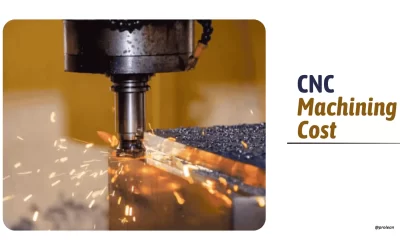
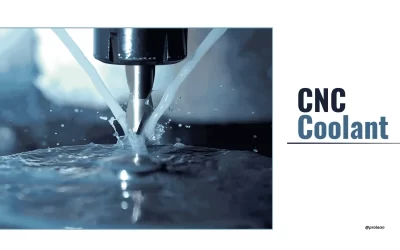

0 Comments